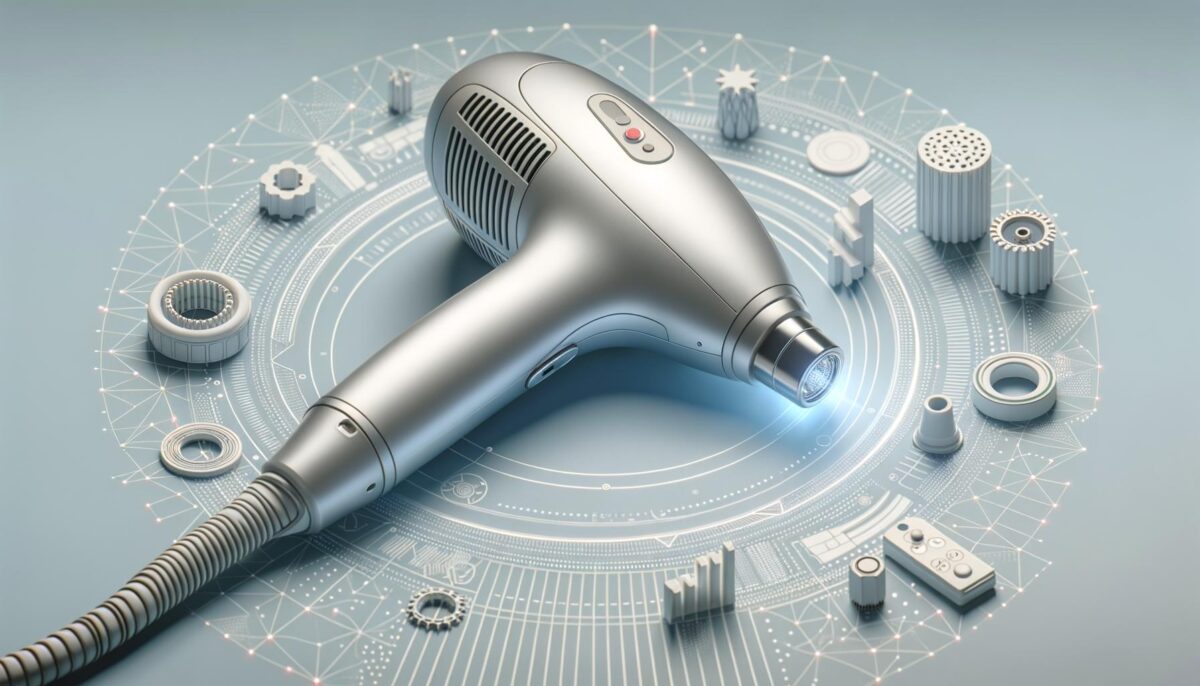Understanding Laser Hair Removal
Laser hair removal is a cosmetic procedure that uses concentrated light technology to remove unwanted hair. It is widely recognized for its precision and efficiency, providing a more lasting solution compared to traditional methods such as shaving, waxing, or plucking. The laser targets hair follicles with a beam of light, which is absorbed by the melanin in the hair. This process damages the follicle and inhibits future hair growth. It’s essential to note that laser hair removal is most effective on individuals with dark, coarse hair and lighter skin, as the laser seeks out pigmentation. However, technological advancements have led to improved options for people of diverse skin tones and hair types.
Benefits of Choosing Laser Hair Removal
There are several advantages to opting for laser hair removal. Here are some key benefits that highlight why this method is well-regarded among cosmetic procedures:
- Long-lasting Results: Unlike temporary hair removal methods, laser hair removal can reduce hair growth over time, offering a more permanent reduction.
- Precision: The treatment is highly precise, targeting specific areas without damaging surrounding skin.
- Speed: Each laser pulse takes only a fraction of a second, allowing small areas like the upper lip to be treated in minutes.
- Fewer Ingrown Hairs: By targeting the follicles, laser hair removal reduces the likelihood of ingrown hairs often associated with other methods.
The results of laser hair removal vary from person to person, but many see significant hair reduction after just a few sessions.
Preparing for a Laser Hair Removal Session
Preparation is key to achieving optimal results from laser hair removal. Here’s a checklist to consider before your treatment:
- Avoid Sun Exposure: Sunlight can make the skin more sensitive; it’s advisable to avoid tanning beds and limit sun exposure before your session.
- Refrain from Waxing or Plucking: These methods remove the hair root, disrupting the laser’s ability to target the follicle effectively.
- Shave the Area: Shaving the day before the procedure is recommended to prevent the laser from singeing the hair on the surface, which can cause skin irritation.
- Consult a Specialist: Schedule a consultation to discuss your skin type and hair color, which will help tailor the treatment to your needs.
Proper preparation can enhance the benefits of the procedure, improving both safety and efficacy.
What to Expect During and After Treatment
The laser hair removal process is relatively straightforward, yet knowing what to expect can help ease any concerns. During the procedure, you may feel a slight discomfort akin to a rubber band snapping against the skin. Most clinics provide a cooling device or gel to minimize discomfort. Each treatment usually lasts between 20 minutes to an hour, depending on the area’s size.
Post-treatment care is crucial for optimal results. Here’s what you should do:
- Apply Aloe Vera or Cooling Cream: Soothe any redness or irritation with aloe vera or a recommended calming cream.
- Avoid Sun Exposure: Similar to pre-treatment, protecting skin from the sun helps prevent irritation and damage.
- Follow-Up Sessions: Depending on various factors, including hair thickness and hormonal balance, multiple sessions are necessary to achieve complete results.
Understanding these steps ensures that you approach the process with realistic expectations and reduce any potential side effects.
Conclusion: Making an Informed Decision
Considering laser hair removal requires thorough research and understanding of what the procedure entails. It’s an excellent option for those seeking a long-term reduction in hair growth, particularly if you are tired of the repetitive nature of waxing or shaving. Ensure you consult with reputable clinics and professionals to receive personalized advice that considers your unique skin type and hair characteristics. By weighing the benefits and preparing appropriately, you can achieve smoother skin with fewer sessions moving forward.
